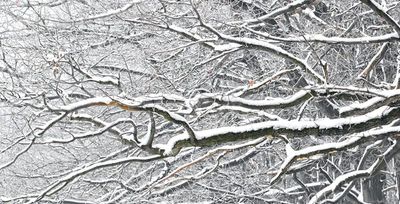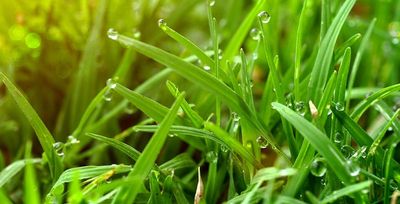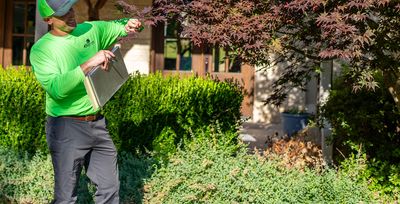Winter Weeds in Tulsa, Oklahoma
There’s nothing more annoying than seeing winter weeds pop up in a uniform dormant brown lawn. These weeds stick out like a sore thumb, disrupt the appearance of a clean property, and could cause the start of an early mowing regimen. Yuck! You may be asking, what are these pesky weeds in my lawn? We feel your pain. Even as professionals, we also have a list of annoying weeds. Our lawn care technicians gathered a shortlist of our topmost frustrating early winter weeds found in the Tulsa, Oklahoma area. We thought it would help to describe their characteristics and provide weed management tips to combat them.
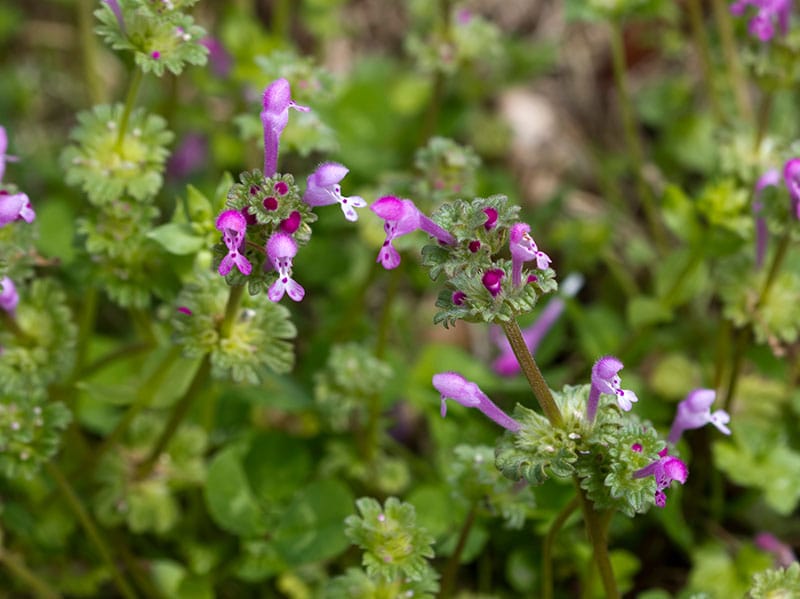
Types of weeds in Oklahoma
Before we dive into our top annoying weed list, here’s a quick note on weed types. Weeds are classified into grassy and broadleaf weed types. There is a third classification that we will discuss another time. Both can quickly take over your lawn if they aren’t dealt with promptly. Learning which type of weeds you’re dealing with and properly identifying them is essential because your control method will depend on the type of weeds found.
Broadleaf Weeds
Broadleaf weeds are identified by their broad, wide leaves. They have a main vein in the center leading to smaller veins that branch out. Stems are usually solid, variable in shape. They typically grow clusters of blossoms or single flowers at maturity. Our top-two most common and annoying winter annual broadleaf weeds found in Oklahoma lawns are Chickweed and Henbit.

Henbit
In my opinion, this is the number one most annoying winter broadleaf weed. Henbit is often mistaken as purple deadnettle weed. A winter annual grows to 16-inches in height. They are commonly identified by the pink to purple flowers. Henbit likes to grow when unusually warm weather strikes during the winter. Often found in large patches in open areas. It can quickly overtake a dormant lawn.

Mouseear Chickweed
Chickweed is a winter annual that has smooth stems and leaves; can have several generations a year during cool wet seasons and forms dense patches in turf. Chickweed thrives in sun or shade. It prefers a thin, weak lawn with poorly drained sites.
Grassy Weeds
Grassy weeds closely resemble the appearance of turfgrasses. Often, this makes them more challenging to identify than broadleaf weeds. Usually, they grow long with parallel veins and have round, hollow stems, sometimes flattened and hard—closed joints with alternating leaf blades on each side. We only selected three out of the many annoying and common winter grassy weeds found in Tulsa, Oklahoma lawns for the grassy weed category, Poa Annua, Rescuegrass, and Downy Brome.
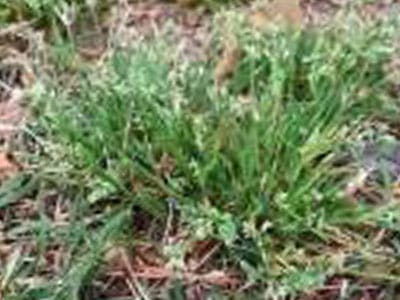
Poa Annua or
Annual Bluegrass
I guess that annual bluegrass is probably the number one most annoying winter weed that people do not like on their lawn. Annual bluegrass has a one-year lifecycle, meaning the plants you see this year is not the exact plants you’ll see the following year. They begin germinating in early fall, grow into late spring, then die out in warm temperatures. They are prolific seed producers. This weed is tough to control. Recently, Poa Annua has built a resistance to some pre-emergent herbicides that were previously effective. This problem narrows the choice of pre-emergent herbicide control.
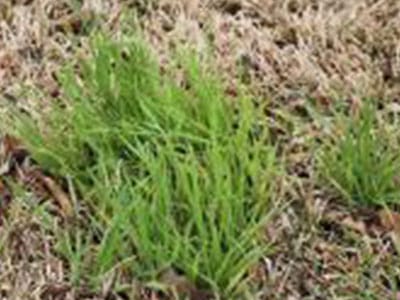
Rescuegrass
Another commonly found wintertime weed is rescuegrass. It can behave as a winter annual or biennial. Rescuegrass can grow upright up to three feet tall and produce a panicle seed head.
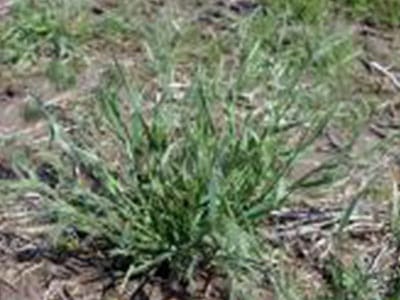
Downy Brome
A winter or spring annual that can become 2-3’ tall. This weedy grass adapts to a wide range of conditions, although it is typically found at sites that are dry, barren, and sunny. It prefers sandy soils.
Managing weed control
Have you waged war on the weeds in your lawn? Here are some bulletproof tips that will help you win the war on weeds.
- Identify: How can you control what you can’t identify? Not all herbicides are created equal. Choose a herbicide that has your target weed listed.
- Know their life cycle: Understanding the life cycle of weeds is highly advantageous. Is it an annual, biennial, or perennial? This will help you understand the timing of when to treat and help you develop an accurate treatment plan.
- Timing: Understanding the life cycle of weeds correlates as to when or when not to apply herbicides. Most weeds are best controlled before germination and while they are young plants. Timing is key to weed control.
- Select the right herbicide: Unfortunately, there is no silver bullet herbicide. Finding the right herbicide to knock out those weeds may take some research. Follow the instructions carefully because some weeds require more than one treatment.
- Maintenance: Another critical component of weed control is after treatment maintenance. Recommendations for proper after treatment maintenance will be found on the chemical label. Often a rest period is required before you mow or water. Some herbicides require immediate water to activate. Winning the war on weeds requires more than applying herbicides.
Are you frustrated with weeds, or are you losing the battle against annoying weeds?
We understand that winning the war on weeds can be frustrating. Some weeds can be extremely annoying and difficult to control. You may find it easier to hand this frustration over to us here at Nutri-Green. You’ll find our services are easy, painless, and price right while you enjoy the beautiful green weed-free lawn you deserve. Get started today and give us a call at 918.844.0043.

Testimonials



News, Blogs & Articles
Our Blog
